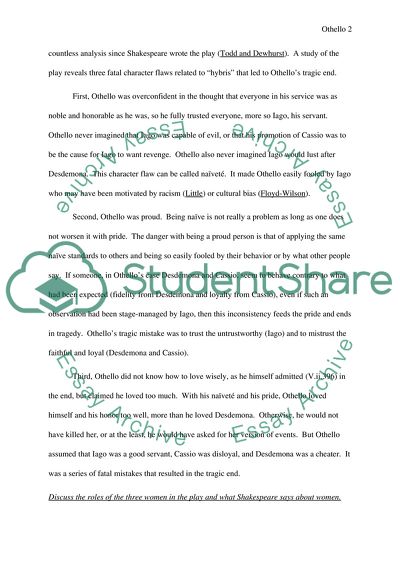Cite this document
(Analysis of Shakespeares Othello Book Report/Review Example | Topics and Well Written Essays - 1750 words, n.d.)
Analysis of Shakespeares Othello Book Report/Review Example | Topics and Well Written Essays - 1750 words. https://studentshare.org/literature/1737062-multi-source-paper
Analysis of Shakespeares Othello Book Report/Review Example | Topics and Well Written Essays - 1750 words. https://studentshare.org/literature/1737062-multi-source-paper
(Analysis of Shakespeares Othello Book Report/Review Example | Topics and Well Written Essays - 1750 Words)
Analysis of Shakespeares Othello Book Report/Review Example | Topics and Well Written Essays - 1750 Words. https://studentshare.org/literature/1737062-multi-source-paper.
Analysis of Shakespeares Othello Book Report/Review Example | Topics and Well Written Essays - 1750 Words. https://studentshare.org/literature/1737062-multi-source-paper.
“Analysis of Shakespeares Othello Book Report/Review Example | Topics and Well Written Essays - 1750 Words”. https://studentshare.org/literature/1737062-multi-source-paper.


